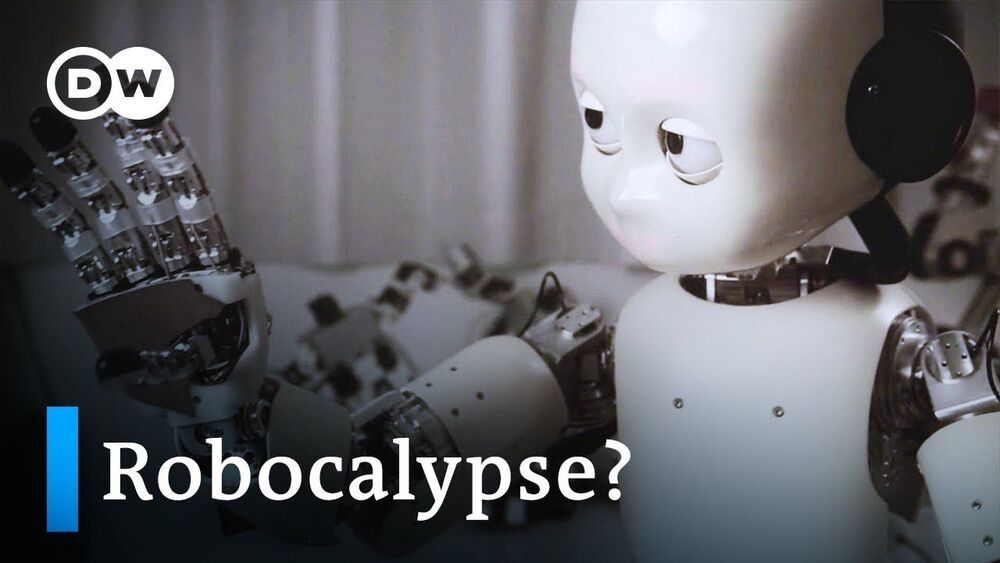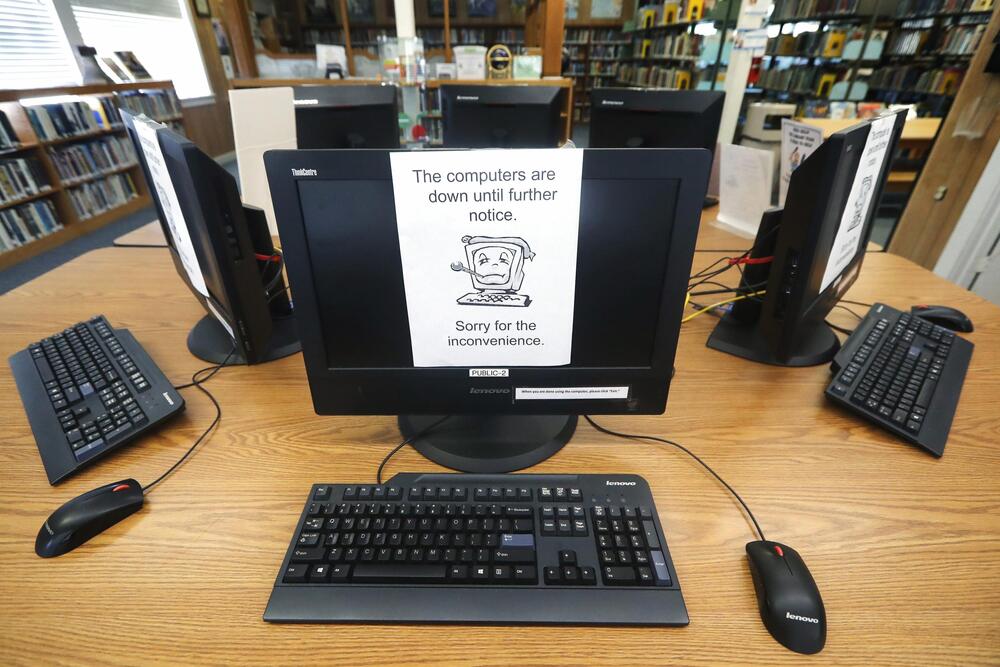Jul 26, 2021
How Gene Therapy and Algae Proteins Partially Restored a Blind Man’s Sight
Posted by Kelvin Dafiaghor in categories: bioengineering, biotech/medical, genetics, neuroscience
The result is optogenetics, a mind-controlling technique that’s become one of neuroscience’s most popular tools. Here, scientists use genetic engineering to put different types of algae proteins into the brains of mice. They can then activate a neuron with an implanted fiber optic cable by pulsing certain wavelengths of light. These enhanced brain cells react as they would naturally, generating an electrical signal that’s passed down and interpreted by the mouse’s brain.
Sound familiar?
If an algae protein can artificially allow neurons in the brain to translate light into electrical information, why can’t it do the same for damaged eyes?

















